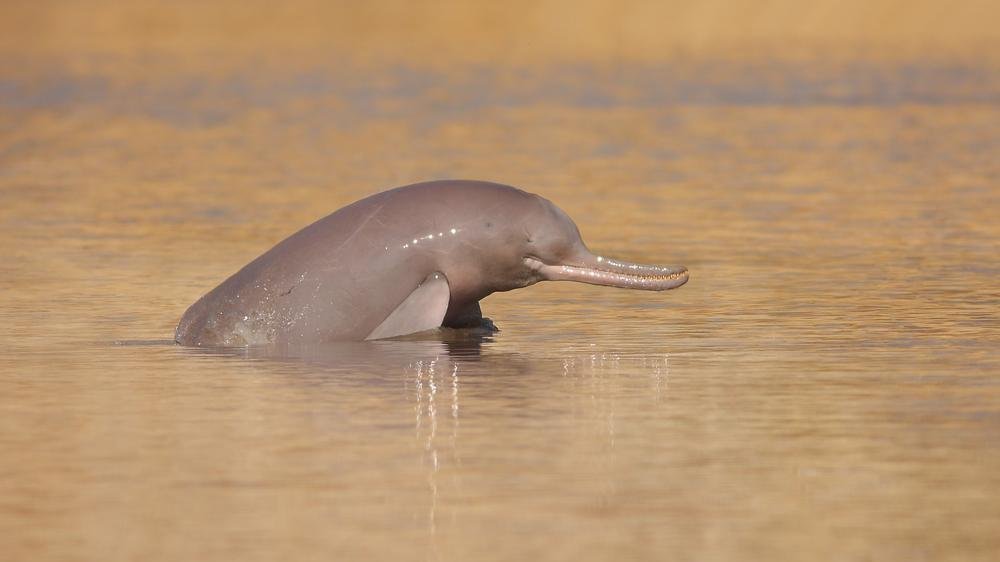The Ganges dolphins or soot live in the most populous parts of the world. These dolphins live on the banks of freshwater rivers in Bangladesh, India and Nepal. One of the main threats to dolphins is the loss of habitat due to dam construction and irrigation projects. Ganges dolphins are also aquatic animals in Assam. The government has taken positive steps to protect Assam's dolphins and banned sand from being lifted from the river. This is a measure that has helped the already declining population.
Where do dolphins live in the Ganges?
The Ganges dolphin, Platanista gangetica gangetica, is one of the three mandatory freshwater dolphins in the world. It is distributed in the water system of the river.
What is the government doing to protect Ganges dolphins?
Wildlife Conservation Act: After the Ganges Action Plan was launched in 1985, the government on November 24, 1986 put the Ganges dolphins on the first schedule of the 1972 Indian Wildlife Conservation Act. Was included. This was intended to confirm hunting and offerings. Conservation facilities such as wildlife sanctuaries.
What is being done to save the Amazon river dolphin?
Save the Amazon river dolphin. Amazon river dolphins face many challenges due to factors such as pollution, habitat degradation, and boat traffic. Sadly, the Amazon river dolphin has been killed by thousands and used as food for catfish (also known as Pyracatinga), which are exported to neighboring countries.
How do dams affect dolphins?
River dams and barrages have caused the greatest disruption to dolphins by reducing river flow and sequestering their populations in specific dam areas. The Ganges basin is regulated by more than 900 dams, barrages and weirs.

Below you will find two helpful answers on a similar topic. 👇
Did a herd of deer suddenly jump in front of your car?What is the difference between a crayfish and a prawn?
